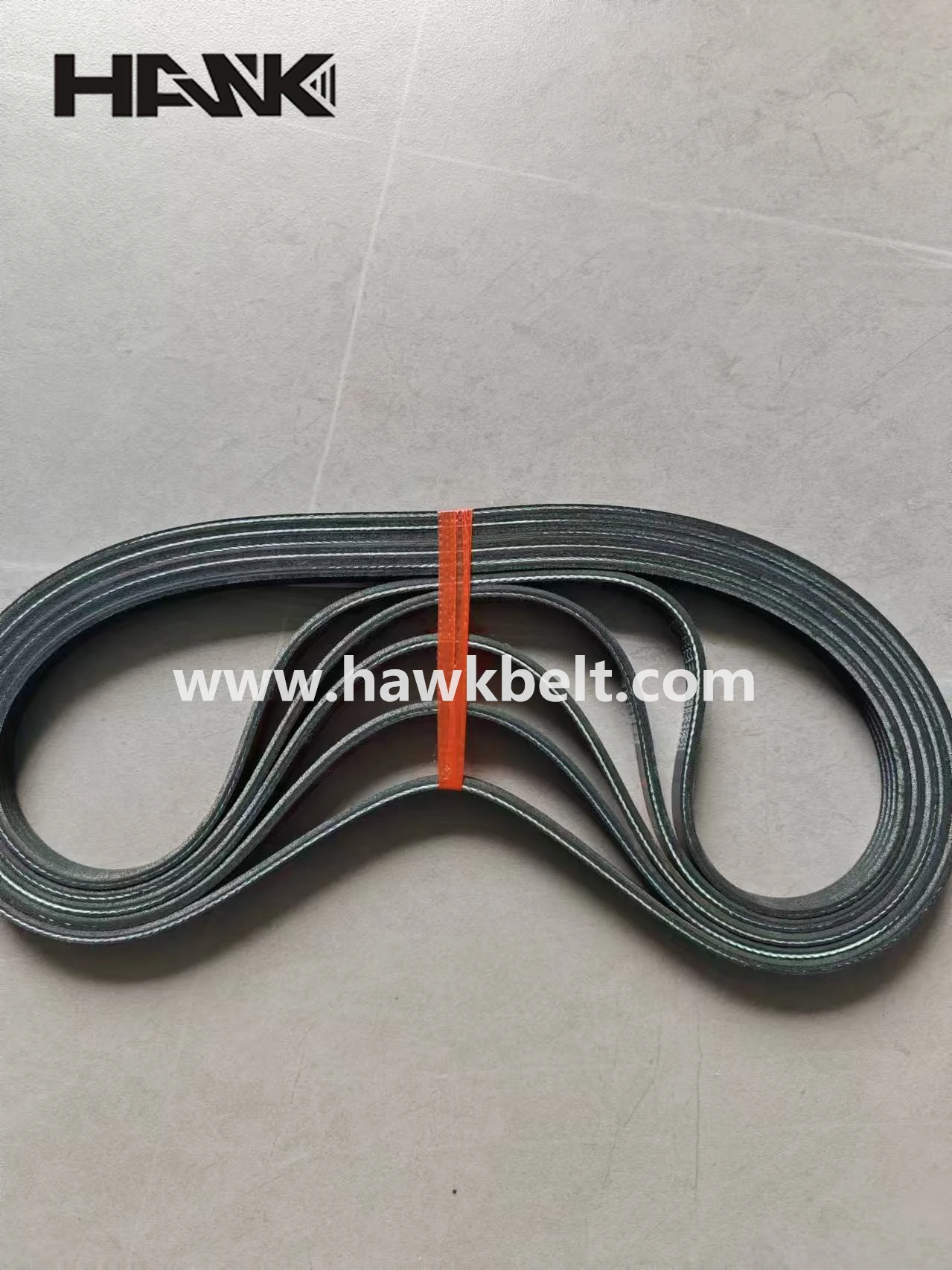- Arabic
- French
- Russian
- Spanish
- Portuguese
- Turkish
- Armenian
- English
- Albanian
- Amharic
- Azerbaijani
- Basque
- Belarusian
- Bengali
- Bosnian
- Bulgarian
- Catalan
- Cebuano
- Corsican
- Croatian
- Czech
- Danish
- Dutch
- Afrikaans
- Esperanto
- Estonian
- Finnish
- Frisian
- Galician
- Georgian
- German
- Greek
- Gujarati
- Haitian Creole
- hausa
- hawaiian
- Hebrew
- Hindi
- Miao
- Hungarian
- Icelandic
- igbo
- Indonesian
- irish
- Italian
- Japanese
- Javanese
- Kannada
- kazakh
- Khmer
- Rwandese
- Korean
- Kurdish
- Kyrgyz
- Lao
- Latin
- Latvian
- Lithuanian
- Luxembourgish
- Macedonian
- Malgashi
- Malay
- Malayalam
- Maltese
- Maori
- Marathi
- Mongolian
- Myanmar
- Nepali
- Norwegian
- Norwegian
- Occitan
- Pashto
- Persian
- Polish
- Punjabi
- Romanian
- Samoan
- Scottish Gaelic
- Serbian
- Sesotho
- Shona
- Sindhi
- Sinhala
- Slovak
- Slovenian
- Somali
- Sundanese
- Swahili
- Swedish
- Tagalog
- Tajik
- Tamil
- Tatar
- Telugu
- Thai
- Turkmen
- Ukrainian
- Urdu
- Uighur
- Uzbek
- Vietnamese
- Welsh
- Bantu
- Yiddish
- Yoruba
- Zulu
Nov . 08, 2024 00:53 Back to list
Evaluating the Excellence of Timing Belt Materials and Their Performance Standards
Understanding Timing Belt Quality A Key to Engine Performance
When it comes to automotive engineering, many elements play a crucial role in the efficient operation of an engine. Among them, the timing belt is one of the most critical components, responsible for synchronizing the rotation of the crankshaft and camshaft. This ensures that the engine's valves open and close at the proper times during each cylinder's intake and exhaust strokes. Given its importance, understanding the quality of timing belts is essential for anyone involved in vehicle maintenance or repair.
The Importance of Timing Belts
The timing belt is made of reinforced rubber and designed to withstand the harsh conditions of the engine environment. Over time, heat, tension, and contaminants can degrade its material, leading to potential failure. A malfunctioning timing belt can cause severe engine damage, including bent valves, piston damage, or complete engine failure. Therefore, the quality of the timing belt directly influences the reliability and longevity of the engine.
Factors Affecting Timing Belt Quality
1. Material Composition The quality of the materials used in manufacturing timing belts greatly affects their durability and performance. High-quality belts often use industrial-grade rubber, reinforced with fibers (such as fiberglass or Kevlar) to improve strength and resistance to wear. Cheaper belts may skimp on these materials, leading to premature failure.
2. Manufacturing Processes The processes used in the production of timing belts are equally important. Quality control measures, precision engineering, and adherence to manufacturing standards (like ISO certifications) can significantly impact the reliability of the belt. Well-established manufacturers invest in modern technologies to ensure that their timing belts meet stringent quality standards.
3. Design Specifications Timing belts are designed with specific tooth profiles and pitch distances that must match the engine’s components. High-quality timing belts will have precise design specifications that minimize the risk of slippage and ensure exact synchronization. Mismatched or poorly designed belts can lead to performance issues and engine damage.
timing belt quality

4. Brand Reputation The reputation of the brand also plays a vital role in determining timing belt quality. Established manufacturers with a history of reliability and innovation typically produce better-quality belts. Researching and choosing reputable brands can save vehicle owners from costly repairs in the future.
Indicators of Timing Belt Quality
Several indicators can help gauge the quality of a timing belt
- Warranty A longer warranty period often suggests confidence in the product’s durability and performance. Reputable brands typically offer warranties that range from 60,000 to 100,000 miles.
- Customer Reviews and Ratings Consumers’ experiences can provide insight into the performance of the timing belt. Reading reviews can help identify any common issues or praises associated with specific brands.
- Installation Considerations Proper installation is as crucial as the quality of the timing belt. A professional mechanic should perform the installation, ensuring that the belt is correctly tensioned and aligned. Poor installation can lead to premature wear, regardless of the belt's quality.
Conclusion
In conclusion, the timing belt is a vital component of an internal combustion engine, and its quality can significantly affect engine performance and longevity. Factors such as material composition, manufacturing processes, and design specifications all contribute to the overall quality of timing belts. By choosing high-quality belts from reputable manufacturers and ensuring proper installation, vehicle owners can safeguard their engines and avoid the costly consequences of timing belt failure. Regular inspections and timely replacements, based on manufacturer recommendations, are essential practices to maintain engine health and performance. When it comes to timing belts, investing in quality pays off in long-term reliability and peace of mind.
-
Korean Auto Parts Timing Belt 24312-37500 For Hyundai/Kia
NewsMar.07,2025
-
7PK2300 90916-T2024 RIBBED BELT POLY V BELT PK BELT
NewsMar.07,2025
-
Chinese Auto Belt Factory 310-2M-22 For BMW/Mercedes-Benz
NewsMar.07,2025
-
Chinese Auto Belt Factory 310-2M-22 For BMW/Mercedes-Benz
NewsMar.07,2025
-
90916-02660 PK Belt 6PK1680 For Toyota
NewsMar.07,2025
-
drive belt serpentine belt
NewsMar.07,2025

